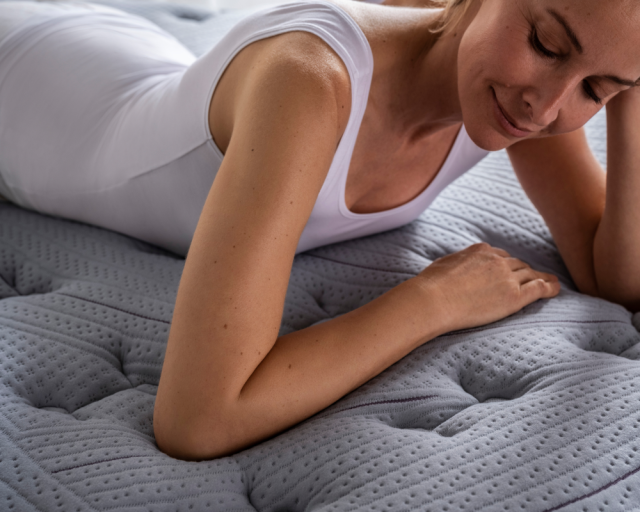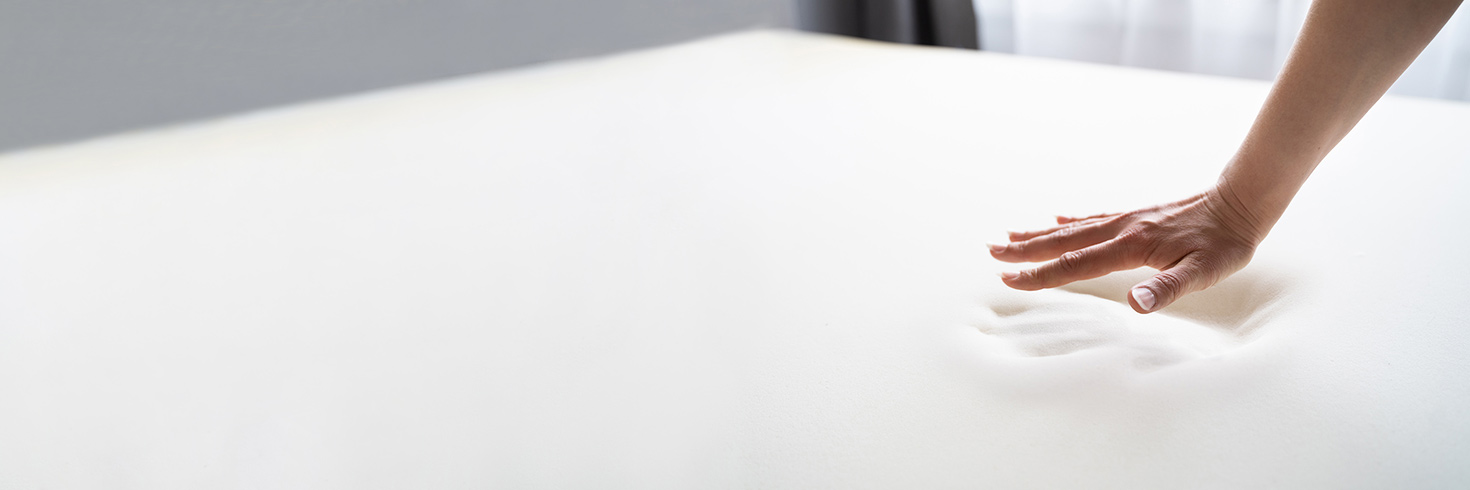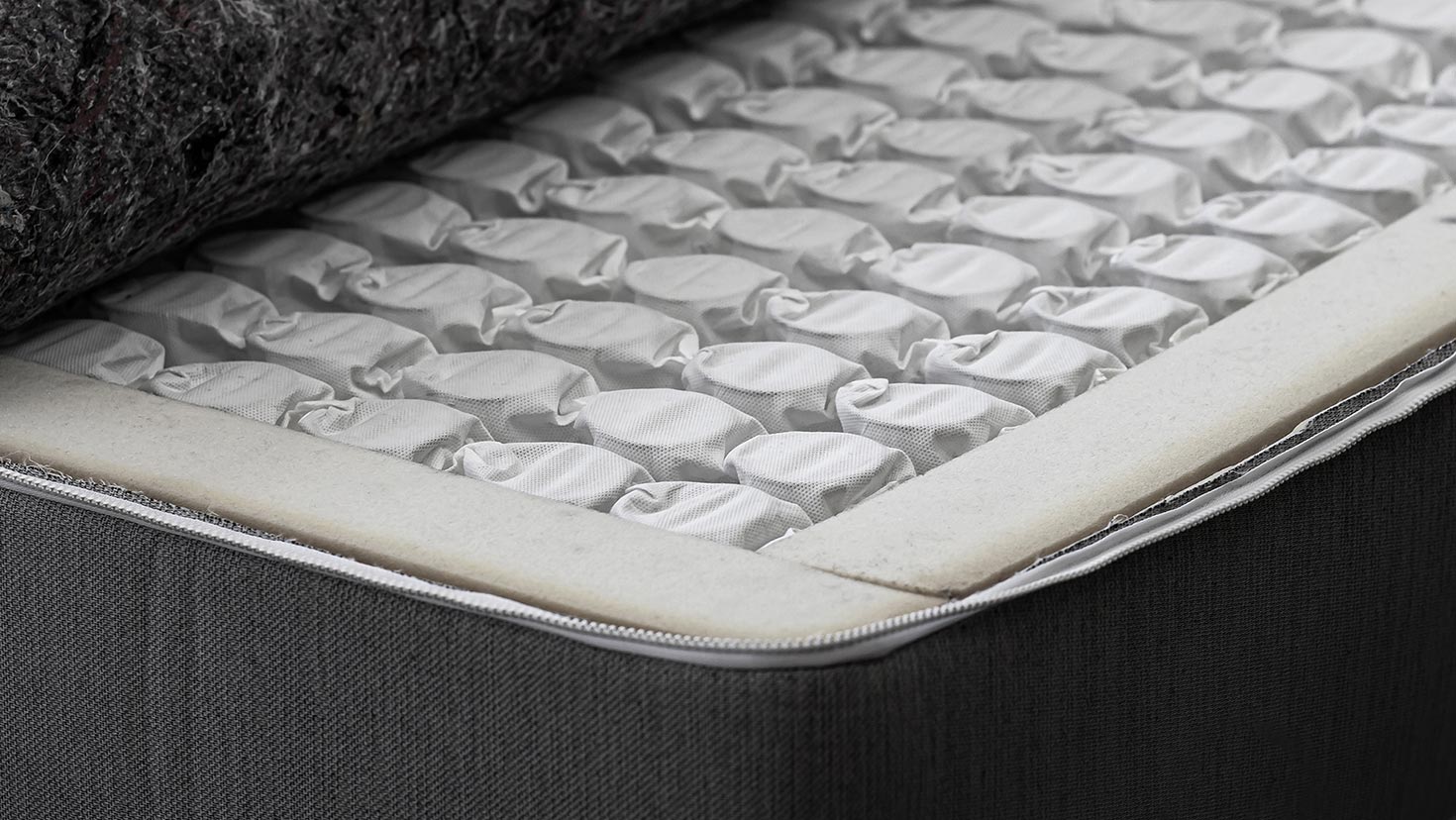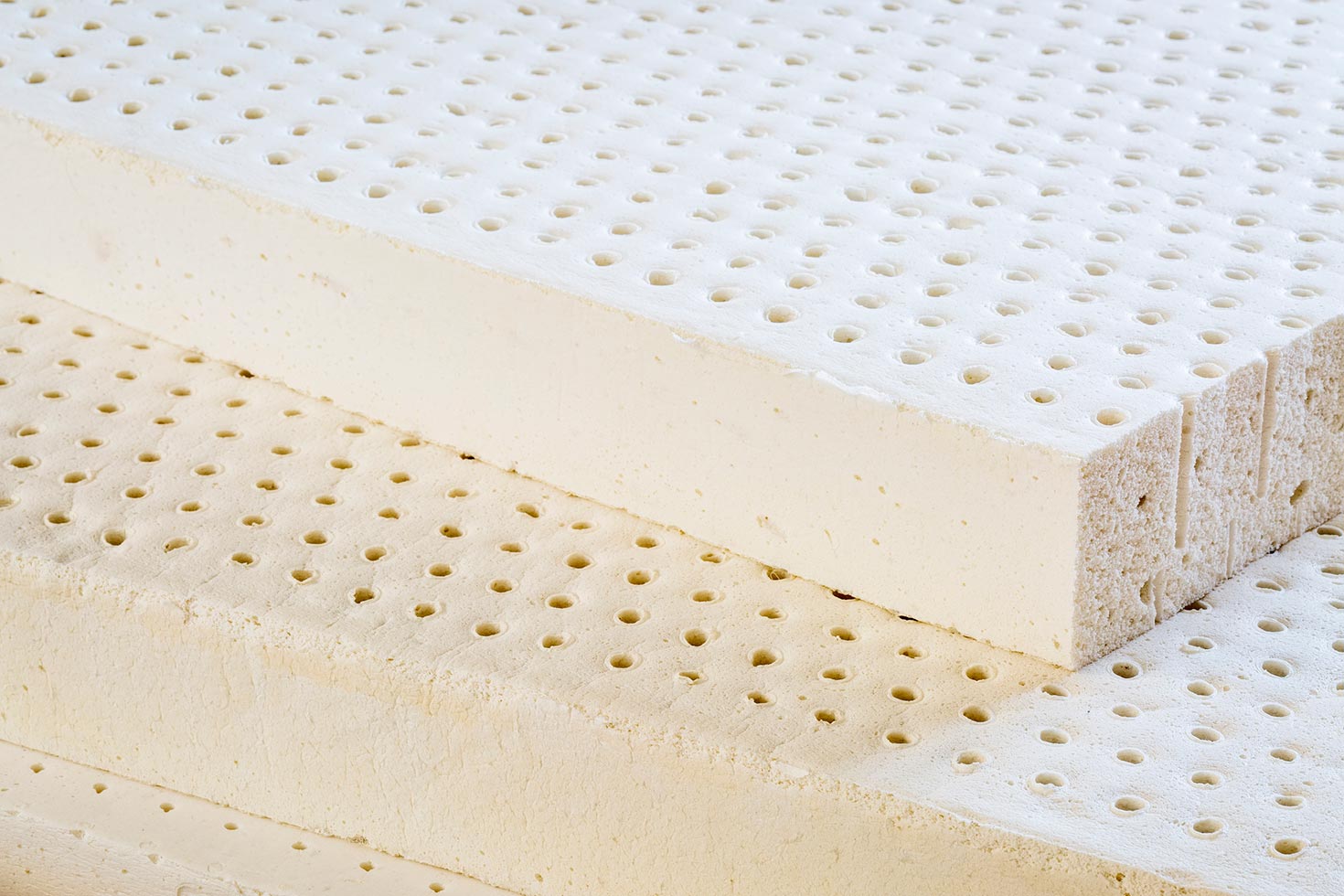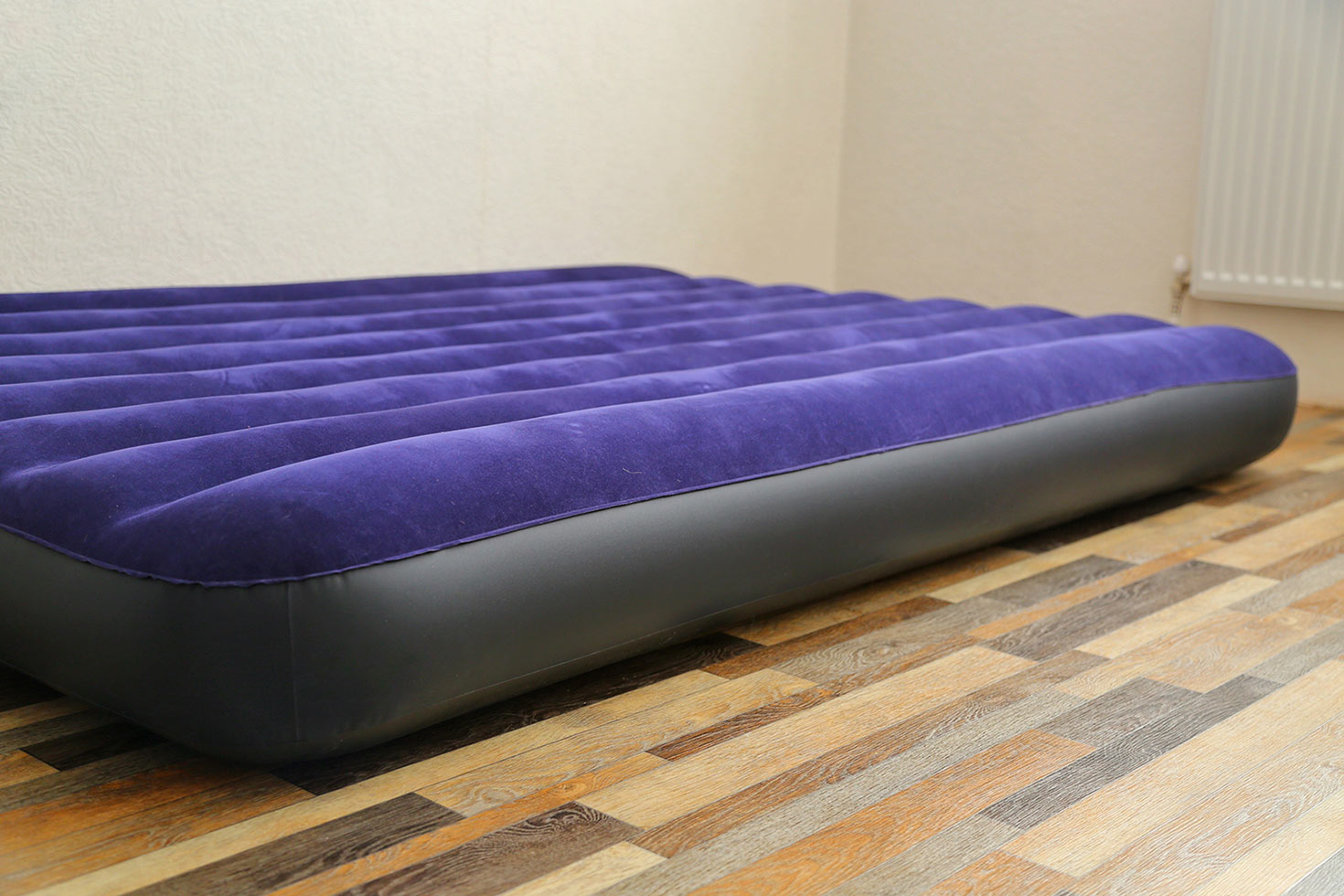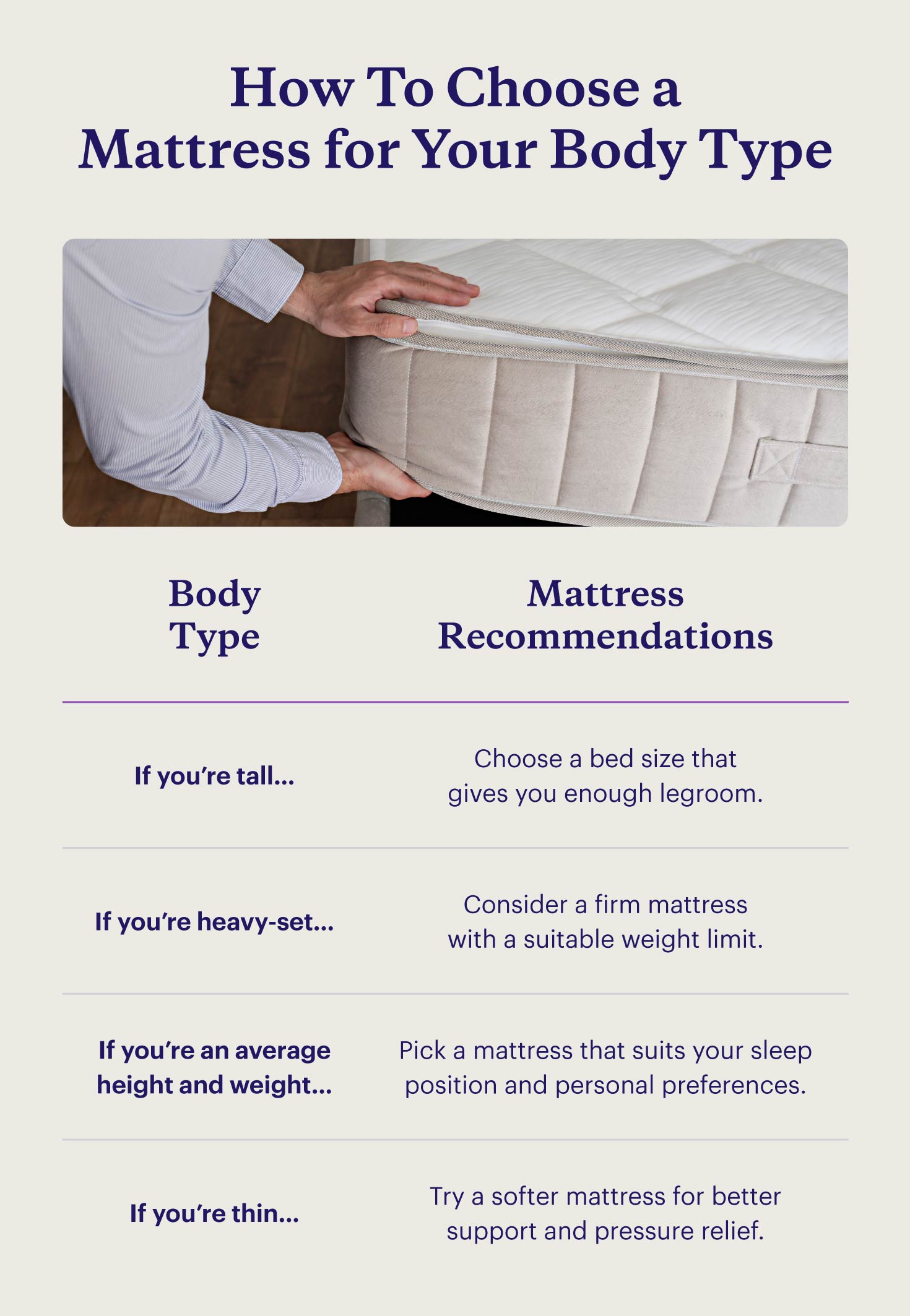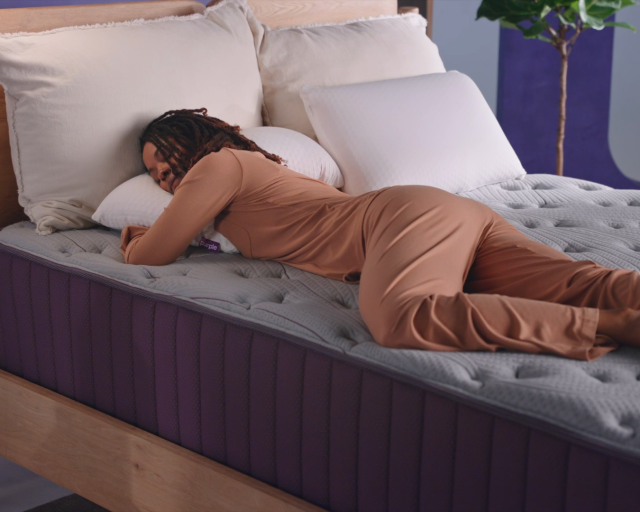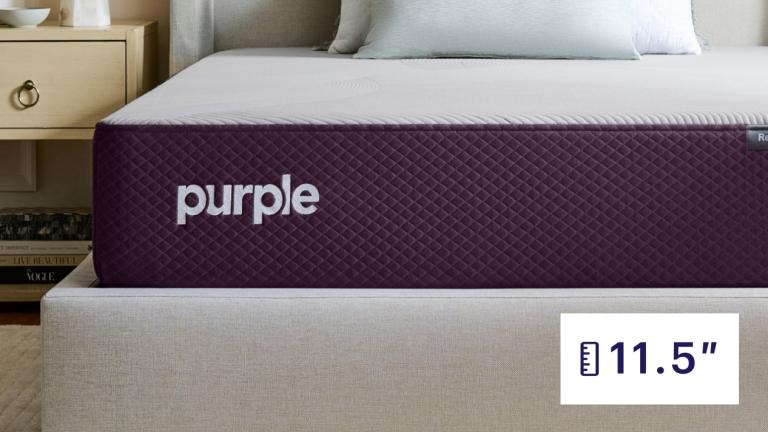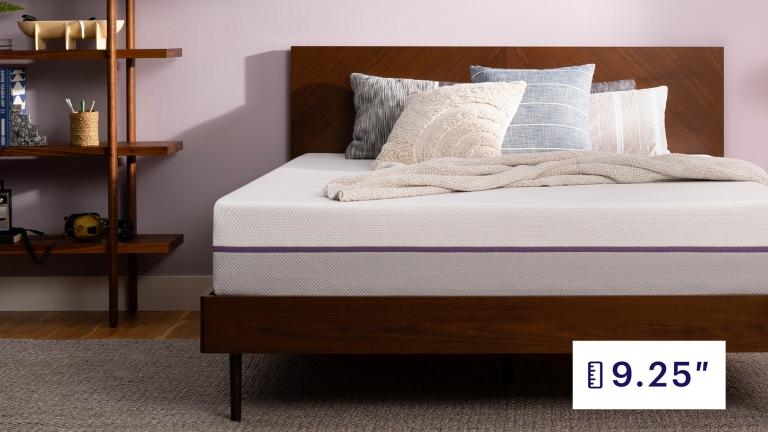
How To Choose a Mattress: Comprehensive Buyer's Guide [2025]
Key Takeaways
- The best way to choose a mattress is by starting with your sleep position, body type, and any sleep concerns you have.
- Determine your budget, whether you’re shopping online or in-store, and when you’re shopping to ensure you get the best deal on the mattress that’s right for you.
- Preferences for mattress type, firmness, and size can narrow down your choices, and comparing company policies and delivery options can inform your decision.
Getting a good night's sleep is necessary for your mental and physical health. It’s important to invest in a good mattress to improve your sleep quality and ensure you wake up feeling ready to face the day.
Figuring out how to choose a mattress can feel overwhelming, but making an informed decision can help you get the best sleep possible night after night. In this mattress buying guide, we’ve identified 11 key considerations to help you find the right mattress and get more restful sleep.
Purple mattresses appeal to a wide range of sleepers, offering a temperature-neutral sleep environment with unparalleled pressure relief and full-body support.
Take the quiz below to find the best Purple mattress for you.
1. Consider Your Sleep Position
Depending on the sleep position you prefer, different types of mattresses and firmness levels may feel more comfortable and supportive. Consider your unique preferences as well as the features of each mattress to ensure you know how to pick a mattress that will best support your spine and relieve pressure where you need the most comfort.
Sleeping Position | Recommended Firmness | Reason |
Side | Medium-soft to Medium-firm | Cradles hips and shoulders + supports spinal alignment |
Back | Medium-firm | Relieves pressure from hips, back, and shoulders + keeps spine aligned |
Stomach | Medium-firm to firm | Keeps spine aligned + cushions chest, hips, and stomach |
Combination | Medium to medium-firm | Offers cushioned pressure relief + supports the spine in all positions |
2. Choose a Mattress Type
As you shop for a new mattress, you’ll find a variety of mattress types to consider, from traditional memory foam to the innovative GelFlex® Grid. When weighing your options, remember that the best fit for your needs depends on several factors, such as price range, comfort needs, sleeping position, and breathability.
If you're overwhelmed by the wide range of mattress types on the market, here's a quick guide to the most common types of mattresses available.
Price Range | Features | Considerations | |
$$-$$$$ | 4x* cooler than competitors, full-body support, gentle pressure relief | Unique feel may not appeal to all sleepers | |
$-$$$ | Contoured pressure relief, good motion isolation | May trap heat, sinkage makes it harder to shift positions | |
$-$$ | Supports spinal alignment, more affordable than other bed types | Less pressure relief than other mattresses, can be noisy | |
$$$-$$$$ | Combines pressure relief and coil support for more comfort | Higher price point, heavy | |
$$$-$$$$ | Breathable, responsive, and highly durable | Unique feel, higher price point, heavy | |
$-$$ | Adjustable firmness and highly portable | Requires manual adjustments, can be loud, prone to deflating |
*Disclaimer: Thermal test and heat flux study conducted by Purple on Purple hybrid mattresses in 2023.
GelFlex® Grid
Purple mattresses feature the innovative GelFlex® Grid, our proprietary sleep technology that instantly adapts to your body as you move, providing tailored pressure relief and support without trapping heat.
Purple is the only company in the world that uses the GelFlex® Grid, enhancing your sleep quality with unparalleled responsiveness, temperature balancing, durability, and comfort.
Foam
Memory foam mattresses feature a soft, dense layer that conforms to your body shape for a cradling sensation. Memory foam is made out of polyurethane and comes primarily in three different types: traditional, gel-infused, and open cell.
- Traditional memory foam: While it helps preserve your spine's natural curvature, hot sleepers dislike it because of its heat retention.
- Gel memory foam: Gel-infused memory foam blends memory foam with gel microbeads, providing a cooler mattress that helps regulate body temperature better than traditional memory foam.
- Open cell memory foam: Open cell foam is a more breathable version of memory foam, with pockets for more airflow to keep you cool.
- Other foams: Purple mattresses feature different types of high-quality polyurethane foam with the GelFlex® Grid for added pressure relief and comfort.
Innerspring
A traditional innerspring mattress has a coil construction for its base layer topped with a layer of memory foam or latex for extra comfort.
The coil systems make this mattress type more responsive at a lower price, but innerspring mattresses may not provide as much pressure relief or motion isolation as other mattress types.
Hybrid
A hybrid mattress is a multi-layer mattress made with a combination of innerspring steel coils and comfort layers featuring memory foam, latex, or the GelFlex® Grid for a supportive, responsive sleeping surface that provides deep pressure relief.
Hybrid mattresses like Purple’s RestorePlus™ Hybrid offer support for high-pressure areas like the neck and lower back, easing body pain and promoting restful sleep. Combined with extra comfort layers, hybrid mattresses are popular for a variety of sleepers.
Latex
A latex mattress can be made with natural or synthetic latex, and this type is known for having better airflow than traditional memory foam. This soft, denser foam hugs the body's natural curves and provides gentle pressure relief.
Natural latex can be more expensive than synthetic latex or memory foam, but it is a good choice for shoppers looking for a cooling, supportive mattress.
Air
You can inflate or deflate an air mattress to your preferred firmness to customize your sleep experience. Air mattresses are not typically used as primary beds, as they are relatively inexpensive, may deflate easily, and are less durable than standard mattresses.
Airbeds like those from Sleep Number offer further customization with more structure and comfort layers than a typical air mattress, which often appeals to couples with different sleep preferences. These options require manual adjustment and tend to come with a higher price tag.
3. Pick Your Firmness
Firmness Rating | Recommended For |
Extra soft (1-2) | Lightweight side sleepers |
Soft (3) | Side sleepers |
Medium-soft (4) | Side and back sleepers |
Medium (5) | Combination sleepers |
Medium-firm (6-7) | Combination sleepers |
Firm (8) | Stomach and back sleepers |
Extra firm (9-10) | Heavy stomach sleepers |
The most popular firmness levels are medium and medium-firm, offering a balance of comfort and support that accommodates most sleep positions.
On the extreme ends of the firmness scale, soft and firm mattresses may not be suitable for all sleepers.
If possible, it’s best to try mattresses with different firmness levels to determine what is most comfortable and supportive for your needs. You can visit a mattress store in your area to test what feels best.
4. Select a Mattress Size and Thickness
The mattress size you choose largely depends on the amount of space you have available as well as how much room you need when you sleep.
Not sure what size bed you should get? Consider the dimensions of each standard bed size to inform your choice.
You should also consider the number of sleepers, your height, and room dimensions when choosing a mattress size. The best bed size for couples, for example, is typically a queen or larger, but your needs and preferences may vary.
Rather than make a judgment based solely on the depth of a mattress, consider the quality and features of the mattress’s layers, assessing how the mattress comes together to keep you comfortable while you rest. Make sure you choose a bed frame that is compatible with your mattress and room size, as well.
5. Assess Your Body Type
Your height and weight should also play a part in your mattress selection.
Individuals over 6 feet should opt for a queen size bed or larger to ensure they have enough legroom. If you have a wider frame, make sure you choose a mattress that is wide enough for you to sleep comfortably without feeling cramped.
Lightweight individuals may benefit from a softer mattress since they won’t sink in as much, but you may prefer a firmer mattress if you need better support for spinal alignment or you sleep on your stomach.
Heavier individuals often choose firmer, thicker mattresses to provide the spinal alignment and comfort they need, as they may sink too much on a softer mattress, increasing pressure on sensitive areas like the hips and shoulders.
Make sure you consider the mattress weight limit so you can rest without worrying about premature sagging and insufficient support.
Regardless of your height and weight, look for a mattress that supports proper spinal alignment and provides sufficient pressure relief for your needs.
6. Address Your Sleep Concerns
Your level of comfort directly affects how well you sleep, and localized pain and your sleeping temperature can affect your sleep quality. If you can’t get comfortable in bed, you may have trouble falling or staying asleep, which can negatively impact your mental and physical health.1
Consider any existing sleep concerns you have when choosing a new mattress to give yourself the best possible sleep quality.
Temperature
If you’ve ever woken up sweating or shivering, you understand how important finding the best temperature for sleep is. Maintaining a comfortable temperature while you’re asleep can help you stay asleep longer and get higher-quality rest each night.
Cold Sleepers | Hot Sleepers | |
Concerns | Can’t stay warm | Can’t get cool Night sweats
|
Needs | Heat retention Cradled feeling | Moisture-wicking Good airflow Cooling materials |
Some people are prone to sweating at night while others may feel chilly even on a warm evening.
Hot sleepers often need a mattress with good airflow to draw heat away from their skin and avoid overheating.
If you tend to sleep hot, you can also use cooling bed sheets, like the Purple SoftStretch® Sheets, for better temperature regulation with moisture-wicking material to keep you cool and comfortable.
Cold sleepers struggle to stay warm while asleep, resulting in disruptions and poor sleep quality. People who have this sleep concern are most comfortable on mattresses that absorb and retain body heat, such as traditional memory foam.
If you sleep cold, you can also try wearing socks to bed, using warmer sheets, or adding a cozy top layer to stay warm, especially if you don’t like the feel of memory foam.
Body Pain
Mattresses that contour around the body's natural shape can help with non-specific back pain issues and cradle your pressure points.
One study suggests that medium-firm mattresses may offer more relief for individuals with non-specific lower back pain, promoting higher-quality sleep and fewer sleep disruptions.2
[two column content]
You may also experience back pain from a new mattress as you break it in, though this discomfort should go away after a few weeks. If pain continues disrupting your sleep or you have any questions about potential causes and alternative solutions, talk to your doctor.
7. Set Your Budget
Before choosing a mattress, set a maximum budget that will accommodate your desired mattress type, size, and features.
Some mattresses are more expensive because they use premium materials, have high-quality construction, or are simply a larger size.
Higher prices don’t always mean higher quality, so it’s important to evaluate the mattress based on additional factors like unique features and customer reviews.
How much can you expect to spend on a mattress? For the most part, mattresses can cost anywhere between $600 and $9,000, but what you spend on a mattress depends on the features, size, type, brand, and quality you choose.
If you are looking for the best affordable mattress, The PurpleFlex™Mattress is a great option, featuring the instantly adaptive GelFlex Grid® at a price you'll love.
Remember that your mattress is an investment, so you should look for one that will be comfortable and supportive for as long as possible.
8. Decide If You’re Shopping Online vs. In-Store
When deciding what mattress you want, it’s important to consider where you plan to do your shopping: online or in-store.
Purple also offers a miniature GelFlex® Grid sample at a low cost so you can actually feel the proprietary sleep technology in your hands before trying one of our mattresses.
9. Choose Delivery or Pickup
Depending on where you shop for a mattress, you may have limited options for how to get it home.
Some online mattress companies will even get rid of your old mattress, freeing up your space to make it easier to set up your new bedroom.
Brick-and-mortar stores may not have the same options, so you may have to arrange transportation to pick up and move your new mattress or pay an additional fee for delivery.
Consider costs and convenience when deciding where to buy your mattress and how to get it where you need it.
10. Compare Policies: Returns, Warranties, and Trials
While you should primarily choose a mattress based on how well it will meet your sleep needs, it’s often a good idea to compare return, sleep trial, and warranty policies before making a purchase. When comparing policies, look for:
These policies are especially important if you’re buying online. Since you likely won’t know how a new mattress will feel if you aren’t able to test it beforehand, a generous sleep trial and return policy can give you peace of mind.
11. Shop at the Best Time To Buy
Online mattress companies often offer sales and discounts, so you’ll rarely pay full market price for a mattress online. If you aren’t in a rush to buy a new mattress, you can wait for the mattress you want to go on sale.
The best time to buy a mattress is during key shopping holidays when mattress companies are more likely to run competitive sales. You’ll usually find the best deals around:
Enhance Your Sleep With a Purple Mattress
Knowing how to choose the right mattress means considering your unique needs and preferences to ensure you can sleep comfortably and soundly night after night.
Every Purple mattress features our proprietary GelFlex® Grid, offering support for a wide range of sleep needs with soothing pressure relief and unparalleled breathability.
The instantly adaptive GelFlex® Grid responds to your body as you lie down or shift positions without trapping body heat, giving you the support you need while cradling your pressure points for maximum relaxation.
Choosing a Mattress FAQ
You can tell that your mattress is a good fit for you if:
- You can sleep in your preferred sleep position without pain or discomfort
- You like the feel, pressure relief, and support of the mattress type
- You don’t sink too much or feel like you’re waking up sore
- Your mattress fits comfortably on your bed frame and doesn’t take up too much space in your bedroom
- Your mattress is long, thick, and durable enough to suit your height and support your weight
- The price of your mattress falls within your budget
- You feel comfortable, supported, and well-rested night after night
As you shop for a new mattress, asking yourself the following questions can help you choose the best mattress for your sleeping position, unique needs, and budget:
- What materials is this mattress made of?
- Is this mattress breathable, or does it trap body heat?
- What is the firmness level of this mattress?
- What sizes does this mattress come in?
- What is the length of the sleep trial for this mattress?
- What is the mattress return policy?
- Does this mattress come with a warranty?
- How much does this mattress cost?
You can also answer these questions to identify the best mattress size and features for your needs:
- How tall are you? Do you need extra legroom?
- What are the dimensions of your bedroom?
- Are you sleeping alone, or are you sharing the bed with a partner, child, and/or pet?
- What is your preferred sleep position?
- How firm do you want your bed to be?
- Are you planning to use your existing bed foundation, or do you plan to buy a new one?
The right mattress for your body type depends largely on your individual preferences and needs, but you should try to find a mattress that:
- Provides enough legroom for your height
- Is thick and firm enough to support your weight
- Offers pressure relief and support in the right areas for your sleep position
- Keeps you comfortable by relieving pain and balancing your temperature
Your build can affect which mattresses feel best. Heavier individuals may prefer a firmer hybrid mattress while lighter sleepers may sleep better on a softer foam bed. Ultimately, you know what feels best for your body and how much space and support you need to be comfortable.
Your sleep position, comfort preferences, and body size affect the firmness level you choose. Consider the following firmness levels to inform what may be best for you:
- Extra soft to medium-soft: Suitable for lightweight sleepers, some side sleepers, and individuals who want to sink into their mattress
- Medium to medium-firm: Comfortable for most sleepers regardless of size and sleep position but best for back and side sleepers
- Firm to extra firm: Most supportive for heavier individuals, especially stomach and back sleepers
What feels comfortable and supportive to one person may not be right for another. It’s best to listen to your body and find the right firmness level based on your preferences.
It may be time to replace your mattress if:
- Your sleep is inconsistent or low quality
- You wake up feeling stiff, sore, or in pain
- Your mattress has started to sag
- Your mattress has developed mold or mildew
- It’s been over seven years since you bought it
There are other signs of a bad mattress to watch out for, including chronic fatigue and allergy symptoms. If you’ve ruled out other causes of your poor sleep, it may be time to find a new mattress.
More To Explore
Level up your sleep routine with our most-loved products.
A Purple Mattress for Everybody
Drift off into truly restorative comfort with the GelFlex Grid®. With more than 6 different models, there is a Purple mattress for everyone.

